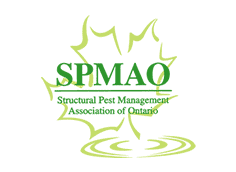Bed bugs have been a nuisance to human populations since the beginning of recorded history. For the most part, they were a seasonal pest found only in a few places around the world during the warmer months of the year.
Bed bug treatments are a relatively new concept that only started gaining traction in the 1800’s when the spread of these pests was increasing at alarming rates due to increased human migration. Before it became such a big concern, most people used preventative measures to reduce their exposure to bedbugs rather than extermination.
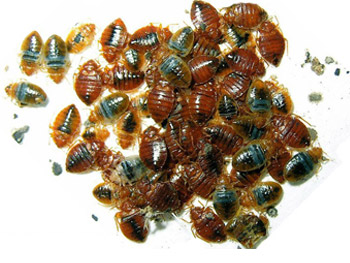
This article will provide a detailed timeline of some treatments that were used to combat these pests over the past 250 years. It will also examine the dangers associated with some of the original methods used and how treatments have evolved into what they are today.
Preventative measures
During the late 1700’s when bed bugs were becoming a major problem in North America due to European settlers, efforts were made at controlling the problem. One of the methods used was to make beds out of sassafras wood which was believed to be a deterrent of the pests and to douse the crevices in the wood with boiling water, sulfur and arsenic. This method was not only dangerous, but also inefficient since it had to be done periodically.
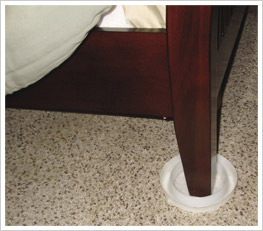
Bed bugs spread quickly with the introduction of trains and were commonly found in hotels across Europe and North America as travellers would take them from one city to another. As a precautionary measure, some travellers would put the legs of the hotel bed in pans of oil or sprinkle pyrethrum powder between the sheets.
In the early 1900s bed bug disinfestation protocols were being implemented at a large degree. One of the most stringent examples of this was in Scotland where the department of health incorporated an approach called the Glasgow system, whose focus was to educate new tenants on the importance of maintaining a clean home. This approach encompassed monthly visits for the first few months by health specialists who were trained to inspect homes for bedbug infestations and instruct new tenants on preventative measures.
As the problem worsened, people became more aware and even more preventative measures were taken. For example, instead of using wooden beds, which were ideal living condition for the pests, people started using metal bed frames. This created a less favourable living space for bed bugs and allowed for much easier detection. Most people also began regularly inspecting their luggage and clothing when arriving at home from a trip.
Early treatments
Fumigation methods
One of the first bed bug fumigation methods, which can be found in a 1777 guide called “The complete vermin killer”, suggested beating gunpowder into the crevices of your bedhead, light it with a match and keep the smoke in for an hour or more then close the room for several hours. This was a very dangerous approach but at the time there were not many alternatives.
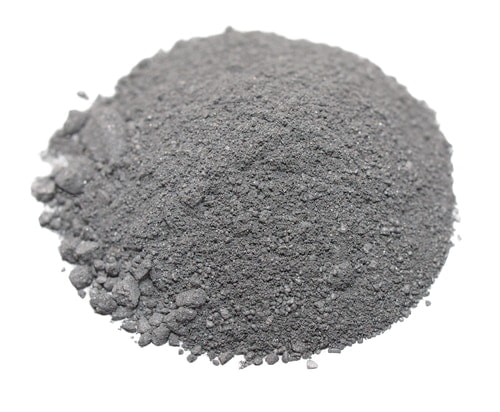
Another early fumigation method, known as the “fire and brimstone method”, involved burning sulfur in the infested room, which creates sulfur dioxide and kills all stages of bed bugs, including the eggs. This method would, however, leave some damage to the house such as bleached wall paper and corrosion on metal and also left a bad stench. Due to it’s low cost, this was a very popular technique among homeowners and exterminators, however, the thickness of the smoke failed to penetrate small crevices and thus had to be performed several times for maximum effectiveness.
Chemical treatments
Toward the latter half of the 1800’s the bed bug problem was being referred to as an epidemic resulting in powerful chemical treatment attempts. Common bed bug insecticides in the 1800s, for example, incorporated arsenic and mercury into the concoction. These were mixed with water or alcohol and applied in various ways such as with a brush or eye droppers. These products, however, were very toxic to humans resulting in some accidental deaths.
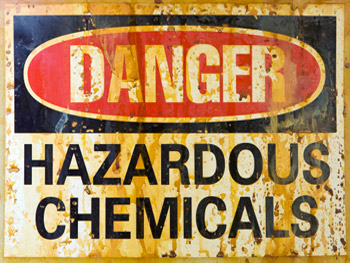
Nearing the end of the 1800s, pyrethrum, which is prepared from dried chrysanthemum flowers, was known as a much safer product to use and is in fact still being used today by exterminators.
These methods along with others were not very effective as they did not kill all the bugs nor did they kill the eggs that were already laid resulting in the necessity to periodically spray the house until all bugs were killed.
The most important factor, as is the case today, seemed to be having a highly skilled person apply these treatments to get rid of the bed bugs. Most people did not have the training or know how to properly spray all of the areas that may be infested by bed bugs or to do it safely.
The progression of treatments during the 1900s
In the early 1900s, almost everywhere that humans were present had bed bugs. This included movie theatres, coat rooms, restaurants and almost every mode of transport. As a result, bedbugs were able to migrate even quicker as they would attach themselves to hosts who would then bring them home and to other areas that they visited such as hotels.
Spraying chemicals and fumigation were the methods used for exterminations during the early 1900s. Spraying, however, was only effective in less severe infestations whereas fumigation was the more common method used in severe infestations where the pests infiltrated hard to reach places and spread to multiple locations of the home.
Fumigation methods in the early 1900s
During the early 1900s the most popular fumigation method involved using hydrogen cyanide gas. This method was more expensive and dangerous than the “fire and brimstone method” mentioned earlier, but the results were significantly better.

Hydrogen cyanide gas is very toxic and can leave you unconscious within second of inhaling it, and can kill you within minutes. It was advised that only professionals carry out this procedure, however, untrained people did have access to the required chemical resulting in some serious injuries and deaths. As a result, buildings had to be evacuated for several days during fumigation with this method. Once the fumigation was completed it was important to leave all windows and doors open for at least 24 hours and have all pillows and mattresses taken outside to be washed and beaten.
The introduction of DDT as a bed bug killer
In 1939, a Swiss scientist named Paul Muller, working with the Geigy Company, discovered the powerful insecticidal properties of Dichloro-diphenyl trichloroethane (DDT). After testing it in several scenarios, such as military barracks, the USDA proclaimed DDT to be the perfect solution to the bed bug problem.
DDT differed from previous extermination methods due to its ability to remain on sprayed surfaces for a long time after application causing a residual effect that would kill all new hatching bed bugs and any remaining ones that did not die during the initial application.
It was so powerful that just spraying a bed alone would eventually kill all bed bugs in a room since they had to crawl over the sprayed surface to feed. A typical treatment involved spraying both sides of a mattress, pillows and the bed frame.

Chemical companies quickly began working on ways to make DDT available to all citizens and by the end of 1945 it was available to the public. It was immediately popular in most households due to its low cost, easy access and high effectiveness.
The properties of DDT were so powerful that companies started adding it to paint and wallpapers. Within 5 years of its introduction to the general public, bed bugs were pretty much non existent in the US.
Eventually, however, DDT was limited to restricted use in most countries due to its high toxicity levels. Studies showed that DDT was detrimental to both human health and the environment.
Modern bed bug treatments
In the past people have experimented with bed bug treatment methods that were both dangerous to humans and the environment. Nowadays there are many options available to us so it is important that we choose a safe and environmentally friendly option.
One of the popular environmentally friendly options is to use a steam treatment. This method involves locating infested areas of your home and spraying steam directly onto those areas. There are many exterminators who perform this treatment which is highly effective at eliminating bed bug infestations.
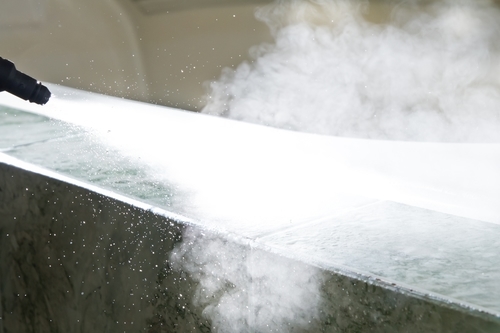
Another environmentally friendly option which involves extreme temperatures is referred to as heat treatment. This method involves heating the entire home to a certain temperature for a few hours which is intended to kill all bed bugs and eggs in your house. This is a very effective method since it targets your entire home in one shot.
Sources
[1] Michael F Potter – The History of Bed Bug Management – Spring 2011


